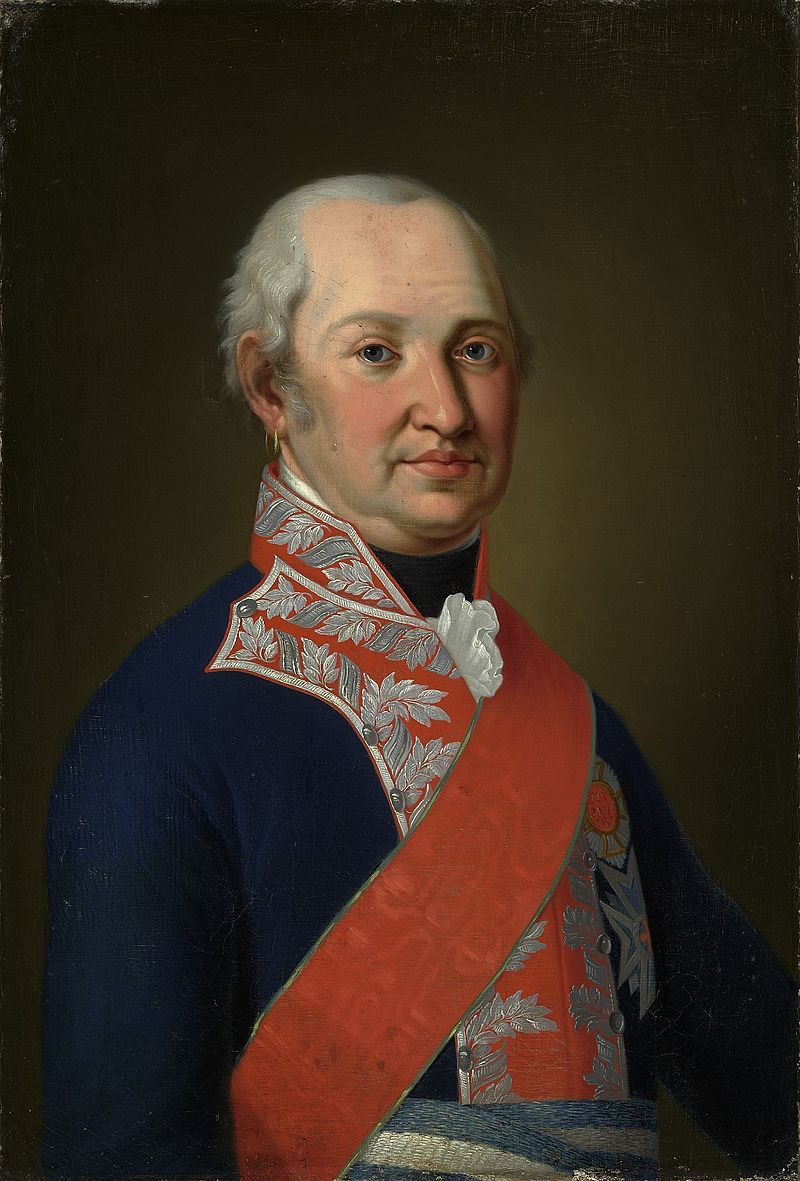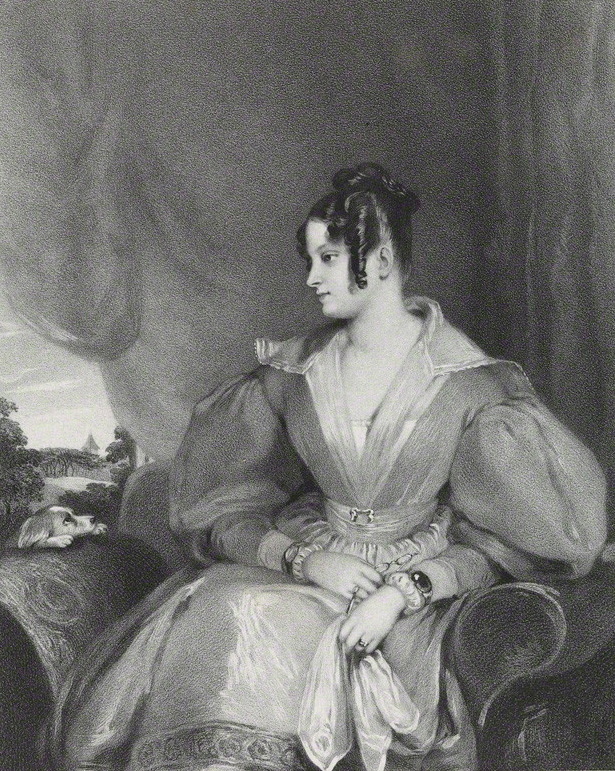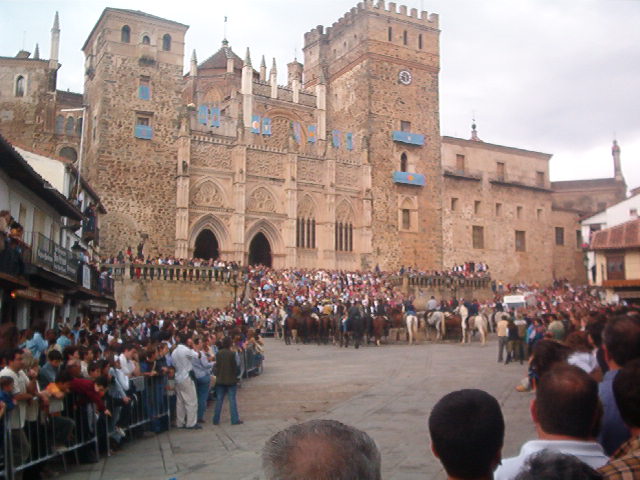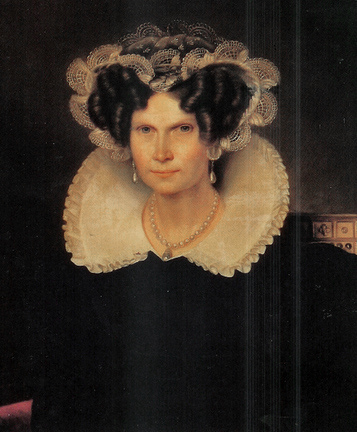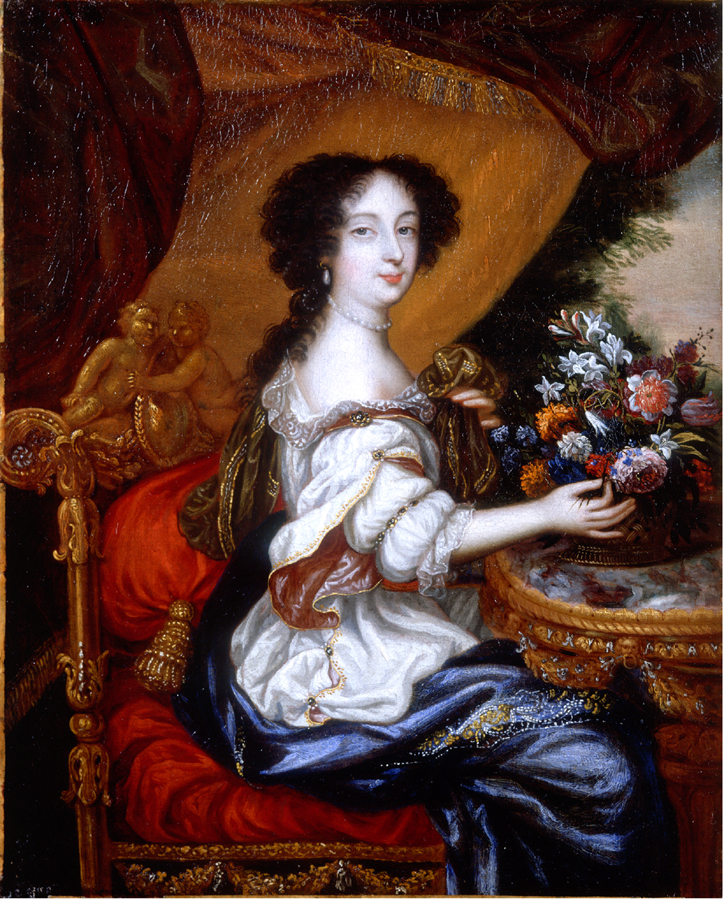© Unofficial Royalty 2024

Sophia of the Palatinate, Electress of Hanover; Credit – Wikipedia
October 14, 1066 – Death of King Harold II of England (Harold Godwinson) at the Battle of Hastings; buried at Waltham Abbey in Essex, England
Harold Godwinson was the last crowned Anglo-Saxon King of England. His father Godwin, Earl of Wessex was one of the most powerful earls in England. The Anglo-Saxons had a king’s council called the Witan and one of the Witan’s jobs was to elect the king. After the death of King Edward the Confessor on January 5, 1066, the Witan selected Harold Godwinson to succeed Edward as King Harold I. When William II, Duke of Normandy heard that Harold Godwinson had been crowned King of England, he began careful preparations for an invasion of England. The army of William II, Duke of Normandy army met the army of King Harold of England about six miles northwest of Hastings, England on October 14, 1066. Harold appears to have tried to surprise William but Norman scouts found his army and reported its arrival to William, who marched from Hastings to the battlefield to confront Harold. Early efforts of the Normans to break the English battle lines had little effect. In response, the Normans adopted the tactic of pretending to flee in panic and then turning on their pursuers. Harold’s death, probably near the end of the battle, led to the retreat and defeat of most of his army. Two of Harold’s brothers, Gyrth and Leofwine, were also killed at the Battle of Hastings.
Unofficial Royalty: Harold II Godwinson, King of England
October 14, 1217 – Death of Isabella, 3rd Countess of Gloucester, first wife of King John of England (married before John was king, marriage was annulled); buried at Canterbury Cathedral in Canterbury, England
John and Isabella were betrothed as children. Isabella’s father William FitzRobert, 2nd Earl of Gloucester was a first cousin of John’s father King Henry II as his father was the illegitimate son of King Henry I, Robert Fitzroy, 1st Earl of Gloucester and King Henry II’s mother Empress Matilda was the legitimate daughter of King Henry I. In 1183, when her father died without a male heir, Isabella became the Countess of Gloucester in her own right. In 1189, John and Isabella of Gloucester were married. Isabella and John were ill-matched and the marriage had produced no children. Isabella had not been acknowledged as Queen when John became King of England in 1199 and the marriage was easily annulled using the grounds of consanguinity, a very close relationship.
Unofficial Royalty: Isabella, 3rd Countess of Gloucester
October 14, 1630 – Birth of Princess Sophia of the Palatinate, Electress of Hanover, at Wassenaer Court, The Hague, Dutch Republic now in the Netherlands
In 1701, the British succession was settled upon Sophia and her Protestant heirs by the Act of Settlement. Her mother Elizabeth was the eldest daughter of King James I of England. Sophia died six weeks before Queen Anne of England. Had she survived Anne, Sophia would have been queen. Instead, her son ascended the throne as King George I.
Unofficial Royalty: Sophia of the Palatinate, Electress of Hanover
October 14, 1631 – Death of Sophie of Mecklenburg-Güstrow, Queen of Denmark and Norway, wife of King Frederik II of Denmark, at the Palace of Nykøbing Slot on the island of Falster, Denmark; buried at Roskilde Cathedral in Roskilde, Denmark
In 1572, Sophie married King Frederik II of Denmark and Norway and they had seven children. Sophie was the mother of Anne of Denmark, wife of King James I of England/VI of Scotland, and the great-grandmother of Sophia of Hanover and King James II of England, both of whom have dates on October 14. Sophie was interested in books, visited the Danish pioneering astronomer Tycho Brahe, collected folk songs, and encouraged historian Anders Sørensen Vedel to publish his Hundredvisebogen, a collection of a hundred Danish folk songs he had gathered that became the foundation of Danish literary tradition. As a widow, Sophie managed her estates on the Danish islands of Falster and Lolland so well that her son King Christian IV borrowed money from her on several occasions for his wars. She also engaged in trade and money-lending with Danish nobles. At the time of her death, she was the richest woman in Europe.
Unofficial Royalty: Sophie of Mecklenburg-Güstrow, Queen of Denmark
October 14, 1633 – Birth of King James II of England at St. James’s Palace in London, England
James II succeeded his brother King Charles II of England who had no legitimate children. James II was now set on a course of restoring Catholicism to England. England might have tolerated King James II knowing that his heirs were the Protestant daughters of his first wife Anne Hyde, Mary and Anne. However, on June 10, 1688, Queen Mary Beatrice, who had no surviving children, gave birth to a Catholic son, James Francis Edward. James II was deposed in the Glorious Revolution of 1688. His elder daughter Mary was declared Queen Mary II and she was to rule jointly with her husband and first cousin William, who would be King William III. At that time, William, the only child of King James II’s elder sister Mary, was third in the line of succession after his wife and first cousin Mary and her sister Anne. James fled to France where his first cousin King Louis XIV offered him a palace and a pension.
Unofficial Royalty: King James II of England
October 14, 1784 – Birth of King Ferdinand VII of Spain at El Escorial in Madrid, Spain
Full name: Fernando Maria Francisco de Paula Domingo Vicente Ferrer Antonio Jose Joaquin Pascual Diego Juan Nepomuceno Januario Francisco Javier Rafael Miguel Gabriel Calixto Cayetano Faus
Ferdinand’s father King Carlos IV of Spain was forced to abdicate in 1808 by Napoleon who then placed his brother Joseph on the Spanish throne. In 1813, the throne was restored to the House of Bourbon with Ferdinand VII as the King of Spain. In search of an heir, Ferdinand married four times, was widowed three times and finally had two daughters with his fourth wife. His elder daughter succeeded him as Queen Isabella II of Spain.
Unofficial Royalty: King Ferdinand VII of Spain
October 14, 1803 – Death of Ercole III d’Este, Duke of Modena and Reggio in Treviso, Austrian-Hungarian Empire, now in Italy; buried at the Church of San Vincenzo now in Modena, Italy
Ercole III d’Este was the last reigning duke from the House of Este that reigned in the Duchy of Modena and Reggio from 1452 – 1796. In 1741, Ercole married Maria Teresa Cybo-Malaspina, the reigning Duchess of Massa and Carrara, now in Italy. The marriage was made at the insistence of Ercole’s father who wanted the Duchy of Massa and Carrara because of its access to the sea. The marriage was not a happy one, the couple had one surviving daughter and eventually separated. Ercole III was considered an enlightened monarch who continued the reforms started by his father. He improved the infrastructure of his duchy, building bridges and roads. The arts and sciences flourished in the Duchy of Modena and Reggio during Ercole III’s reign. In 1796, Modena was occupied by a French army under Napoleon Bonaparte, who deposed Ercole III, Duke of Modena and Reggio. He was forced to flee to Venice where he died in 1803.
Unofficial Royalty: Ercole III d’Este, Duke of Modena and Reggio
This article is the intellectual property of Unofficial Royalty and is NOT TO BE COPIED, EDITED, OR POSTED IN ANY FORM ON ANOTHER WEBSITE under any circumstances. It is permissible to use a link that directs to Unofficial Royalty.



